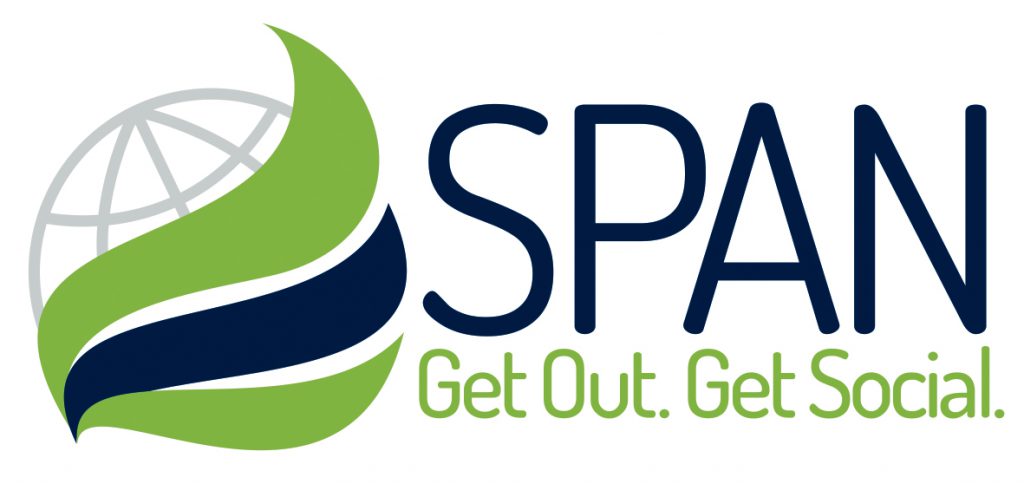Setting functional goals in daily lives
The SPAN program aims to assist adolescents and young adults with ASD set and define functional goals in order to improve independence in activities of daily living, self-care, education, work, leisure and social participation.
Through the mutual intervention process with the clinician, participants will set a meaningful functional goal and will pursue it.
The program consists four stages: GOAL-PLAN-DO-REVIEW
GOAL: goal set
The defined goal should be meaningful and important to the adolescent and could refer to any area of daily lives- self-care, education, work, leisure and social participation. The goal should be focused, measurable and should be accomplished within the intervention sessions.
Examples for functional goals:
Playing soccer with friends in the neighborhood’s field.
Baking a cake for a family meal
Going to the movies with a friend
Taking the bus for a swimming lesson.
Going shopping with a friend
Arriving on time for the school bus.
Preparing lunch on my own
Managing my weekly calendar
Setting up a Facebook profile
PLAN: Create a plan for how you will accomplish your goal:
The plan for pursuing the functional goal should consist of a few graded steps, each defined by specific time and date for completion, an attempt to foresee possible challenges during the way and the use of personal strategies to manage these challenges.
We recommend setting a different plan for each of the functional goals.
Do: Try out your selected plan with specific steps
Pursuing the planed program, gradually or simultaneously.
For each step, you should consider:
Did I complete the step appropriately?
Did I accomplish what I expected?
Did I manage time correctly?
Can I continue to the next step?
Should I make any changes in my plan?
Review: Think about what worked and did not work and make changes if needed
Did I accomplish my goal?
Am I satisfied with it?
Did I gain other things during the way?
Could have I done anything better?
Do I want to set a new goal?

